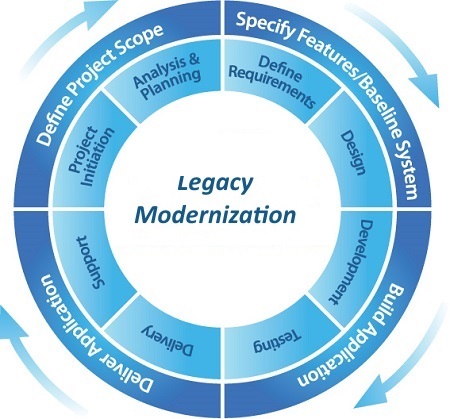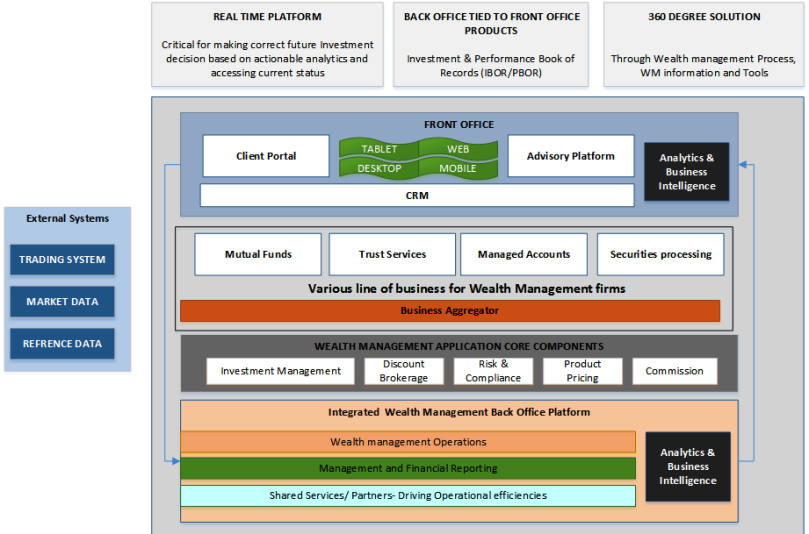A simple question
If you had a problem or a goal in mind, would you want a series of checkboxes, questions, telephone prompts or a real person to assist you?
The automated response system may include perhaps a dozen issues and solutions, based on algorithms, which are supposed to meet the needs of most people. A real person can give you real-time responses, specific to your questions when asked with accurate answers.
The financial advising industry has been buzzing about the emergence of Robo-advisors for the past few years as web-based advising companies, with the new technology stack most of these companies like the Vanguard’s, Wealth-front, bigdecision.com, etc. have either acquired or developed Robo advisory platforms, spending millions of dollars. These online tools attempt to create and manage a client’s portfolio in a fast and inexpensive way.
Why and How Robo-advisors came into existence?
Historically the problem with trying to get an FIA was many have minimum asset requirements of $500,000 or larger and it is not uncommon for FIAs to charge 1-2% annually (or greater via the loaded investment tools like Mutual funds entry and exit loads). That is 1-2% you have to do better than the market just to keep up.
On the other hand, Robo-advisors manage portfolios automatically, with their decisions driven by the algorithm. Most Robo-advisors include portfolio rebalancing. One, Fidelity’s http://www.futureadvisor.com, would do the tax harvesting and reallocation for you for a 0.5 percent annual fee.
How Robo-advisors do it differently.
Let me try an explain using a simple example
When you do to buy a pair of denim, you essentially speak to the sales guy and just mention the waist size and the fit. They give you an option of 5 types of denim from different companies, but the ultimate decision is yours that which one you want to buy; this is similar to human FIA.
On the other hand you entered a showroom and based on your physical appearance and your choice the computer takes out the best denim suitable for you, now that is Robo advisory. The Robo-advisory work on a concept of “One Size that fits most of the people”
The computer is learning every time based on the historical data, assets performance, your choices and choices made by other individuals having similar risk appetite. The Robo-advisor changes the asset allocation automatically, where the investor does not have to make the asset allocation decision every time all that at very low fees compared to the human FIA.
Typically, these types of accounts can be compared with the Managed accounts that FIA manages wherein the FIA gets an amount from the investor, and the FIA takes the decision based on the market dynamics, the investment decision or asset allocation are completely based on the FIA experience. FIA may charge the end customers a standard fee 1-2% and a percentage of net profit of the portfolio.
Does Robo-advisor suit you and your dad both?
Firms like Betterment.com focus on the end-goal and is ideal for individuals who do not care or want to learn about the details of investing. For these people, the 35 basis points (or less) they pay is well worth the fee, and in many cases much better than hiring an FIA — both regarding cost and sound financial advice.
In my case, most of my assets are “Do it yourself” (DIY), but I’ve also been studying this for years and feel comfortable buying insurance, mutual funds and stocks myself. On the other hand, my dad may not log-in to his online account and would call up his FIA and get his insurance done.
Most of the Robo advisory platforms work on the Modern Portfolio Theory and the tools robot-advisors offer aren’t new, however. Traditional financial advisors had the same tools available to them for years and could roll up a personalized asset allocation plan unique to you.
How to choose a Robo-advisor for yourself or family, what things you need to consider?
Below are some of the parameters that you should consider while choosing a Robo-advisor and compare it with the Human FIA
- Minimum Deposit – Some firms you can start out with nothing and others require sizable amounts to start with.
- Annual Fees – Be aware of hidden costs, portfolio management fees, mutual fund entry/exit loads, ULIP management fees etc.
- Asset Allocation – Does it offer all different products like Insurance, Mutual funds, Stocks etc.
- Account Type Support – 100% automated vs human assisted advice
- Tax Optimization – Does it give services like Tax-Loss Harvesting, Tax planning, Tax reclaims etc.
- Retirement planning only or supports other short term goal based planning
- Managed by you in which they give trading advice, or directly by the firm
- Manage all your assets or just a portion
Although there are a few obvious perks/benefits of the Robo-advisor model, there are undeniable advantages that human, financial advisors bring to their clients. The Gen X may feel comfortable using an online tool to manage their money; however, when it comes to taking major decisions involving larger some of money and longer commitments they like to ripe for a face-to-face financial advisor.
I think, looking at the current capital markets and availability of Robo/RIA tools, and the individual investors the hybrid approach is would be appropriate where the Robo-advisors take over the day to day portfolio’s asset allocations, and the humans take up when building a new wealth management portfolio for an investor.
—————————–
Abhinav Gupta
Certified Financial Planner (CFP)
Original Article (PDF)
ROBO VS HUMAN Article











